If I took a poll and asked 100 photographers to answer the question - "What's the best Canon lens for landscape photography?" - I wouldn't be surprised at all if the vast majority of them answered "wide-angle."
And while there's nothing wrong with that answer, there's a problem.
The best landscape lens for one situation isn't necessarily the best one for another situation.
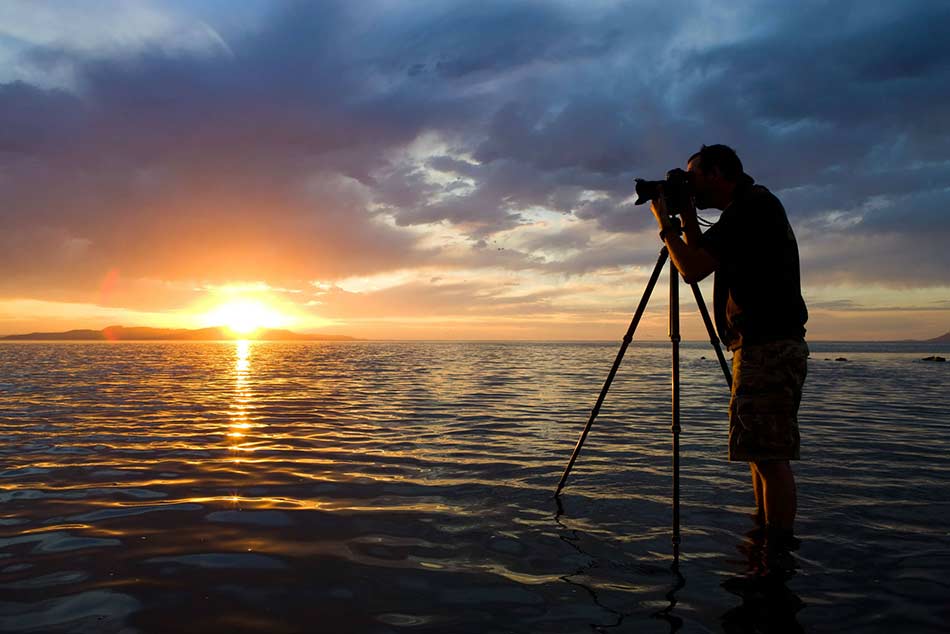
That means that while wide-angle lenses are awesome for many landscapes, sometimes the situation calls for something different.
Let's explore a few options for the best lens for landscape photography and discuss why they are considered the best. You can read about Nikon wide angle lens on our website PhotographyTalk.com.
Editor's Tip: Looking for the best landscape photography lens to add to your bag? FIND AWESOME LENSES FOR GREAT PRICES.
Best Lens for Landscape Photography: Wide-Angle Lenses

Depending on your camera system, wide-angle lenses are usually 35mm or less (for full frame cameras) and 24mm or less (for crop sensor cameras).
Shooting landscapes with a wide-angle lens has its advantages and disadvantages.
On the positive side, a wide-angle lens allows you to capture more of the scene. This can be beneficial when you're photographing a vast landscape like the one shown above.
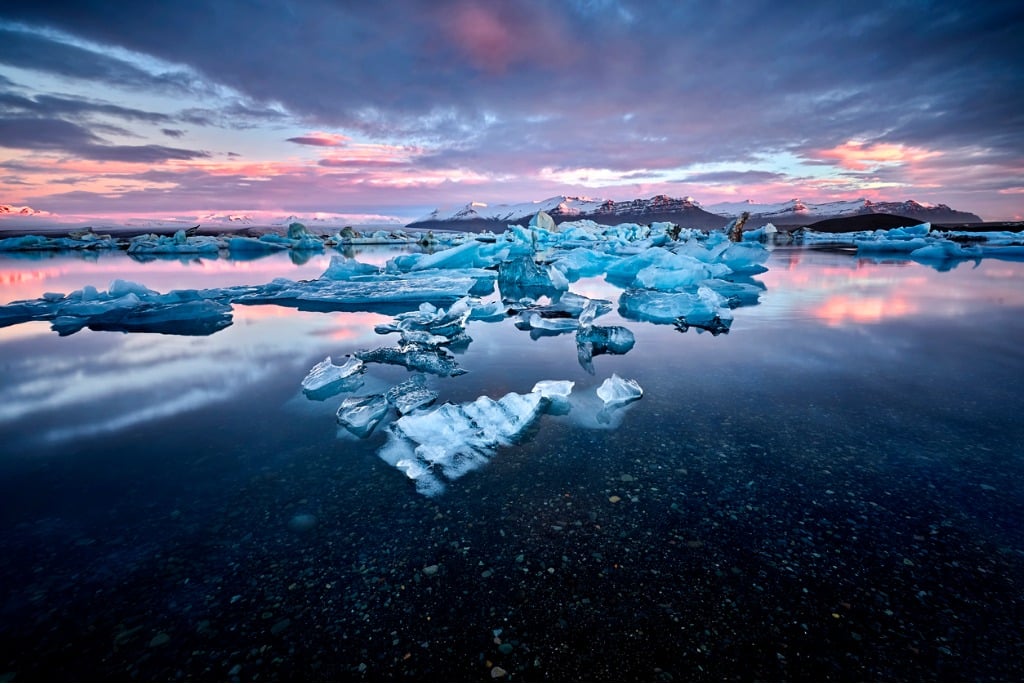
What's more, wide-angle lenses have a larger depth of field at any given aperture than other lenses. That means you can keep more of the scene in sharp focus.
These lenses are also helpful for incorporating foreground interest into the shot.
As you can see below, the inclusion of the elements in the foreground help draw the eye into the photo, thereby encouraging us to explore the image more fully.
But those benefits come at a cost.
Far-off features will appear quite small in a wide-angle shot. Sometimes, that makes landscapes look a little empty.
Additionally, if you shoot with a super-wide-angle lens, like a 12mm or a fisheye, there's significant distortion of the scene.
Sometimes that distortion can be used creatively, but in some cases, it just doesn't look right for the landscape shot. Nevertheless, a wide-angle lens is considered by many to be the best lens for landscape photography.
Get a few top tips for shooting landscapes with a wide-angle lens in the video above by Adorama TV.
Best Lens for Landscape Photography: Standard Lenses
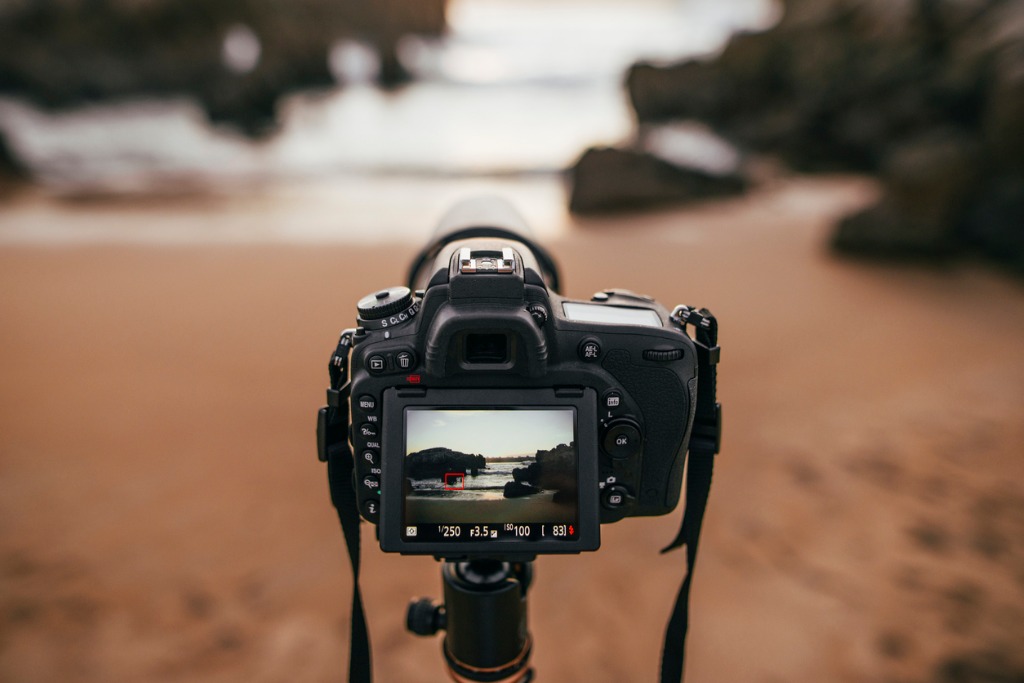
With a field of view that's similar to what we see with our own eyes, standard lenses (in the 50mm range on full frame cameras and 35mm on crop sensor cameras) capture landscapes in a way that looks and feels familiar.
Additionally, with slightly more focal length, standard lenses help you create landscape images that are more intimate and focused - focused in the sense that there is a narrower field of view in the shot due to the increased focal length.
Standard lenses are often prime lenses as well - with a fixed focal length.
And since prime lenses often have a very large aperture, they are ideal for photographing landscapes in low-light situations because of all the light that their larger apertures can collect.
Prime lenses are typically sharper than zooms, too, so you can get nicely detailed, sharp photo with a prime lens for landscape photography.
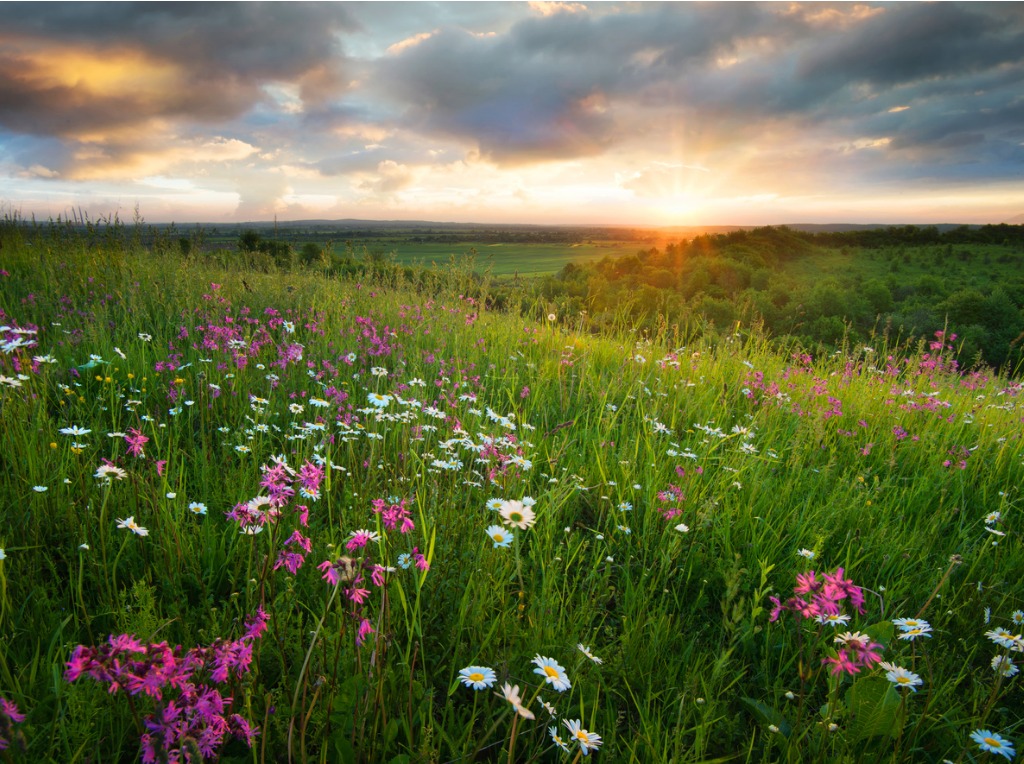
The only downside to a standard prime lens is that with a fixed focal length, you're perhaps more limited in how you frame the shot than you would be with a zoom lens.
However, all you have to do to get around this "obstacle" is to zoom with your feet, and physically get nearer or further away from the subject.
This can take some getting used to, but once you get the hang of not reaching for your lens to adjust the focal length, you can create some magical results with a prime lens for landscapes.
Best Lens for Landscape Photography: Telephoto Lenses
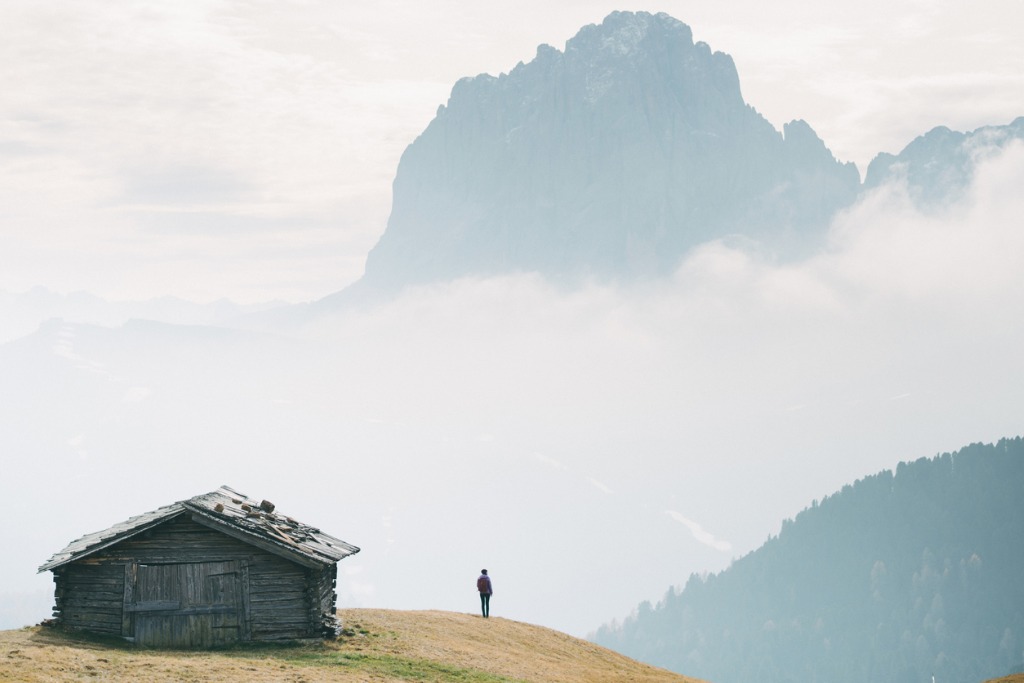
With all that focal length (about 85mm and above on a full frame camera and 50mm and above on a crop sensor camera), a telephoto lens can get you up close and personal with elements in the landscape.
That's on the opposite end of the spectrum from a wide-angle view, but that's not a bad thing. Sometimes capturing the details of a landscape is what's most important.
Filling the frame with a mountain peak, a tree, or another landscape element can have a highly dramatic effect.
What's more, telephoto lenses compress distance, so far-off elements appear larger in the frame.

Of course, these benefits come at a cost...
Not only are telephoto lenses typically more expensive (especially the longer the focal length) but they are also much bigger and heavier.
Editor's Tip: Get outfitted with a high-quality telephoto lens without busting your budget. Start your search here.
If you're adventuring for a day and carrying a big telephoto lens, your shoulders and back will likely start to feel it.
Telephoto lenses can be a bit unwieldy, too, requiring a monopod or tripod in many situations to keep them stable.
The Verdict: The Best Lens for Landscape Photography

When it comes down to it, the answer to our question - what's the best lens for landscape photography - is that it depends.
The lens you choose to photograph landscapes with should jive with what interests you most about the landscape and how you feel the landscape would be best photographed.
If you're particularly drawn to the compressed look that's achieved with a long focal length, go with a telephoto lens.
If you prefer the wide, vast vistas captured with a wide-angle lens, go that route.
Some lenses actually bridge the gap between wide-angle and telephoto.
One of the best Nikon lenses for landscape photography is the Sigma 24-105mm f/4 Art DG OS HSM. On a full frame camera, you can shoot wide at 24mm, standard at 50mm, and telephoto at 105mm.
One of the best Canon lenses for landscape photography is the Canon EF 17-40mm f/4L USM. On a crop sensor camera, it gives you wonderful range from standard to telephoto, and on a full frame camera, it offers excellent wide-angle and standard views.
Hopefully, with the breakdown of the pros and cons of wide-angle, standard, and telephoto lenses, you can make an informed decision about what the best lens for landscapes is for you.
For more insights on landscape photography lenses, check out my video above!
This article about the topic "The Best Lens for Landscape Photography" was first published on our website here https://www.photographytalk.com/landscape-photography/8351-the-best-lens-for-landscape-photography
